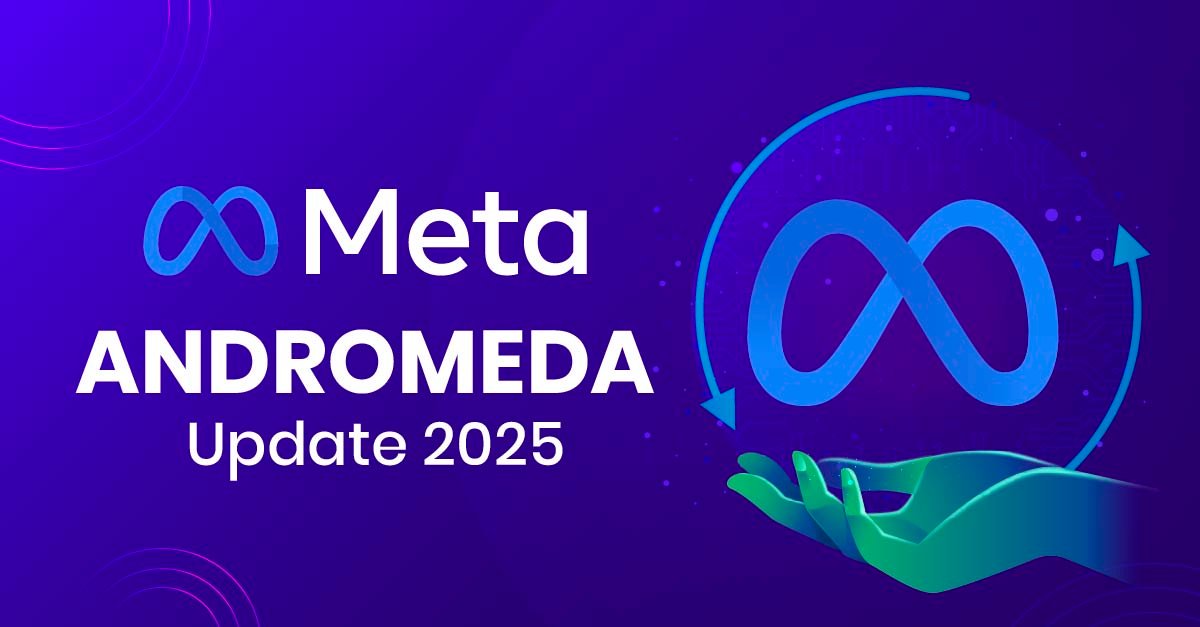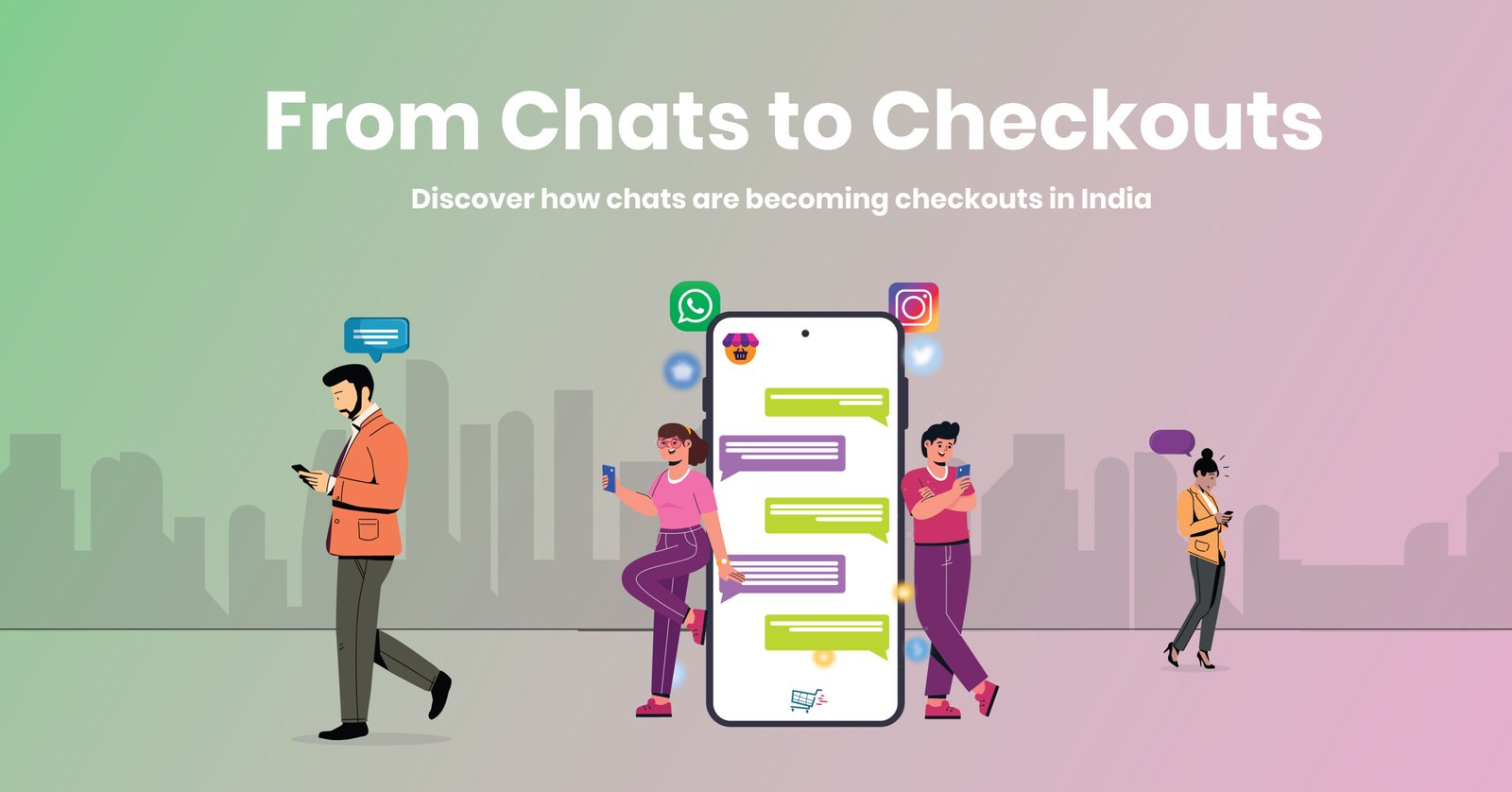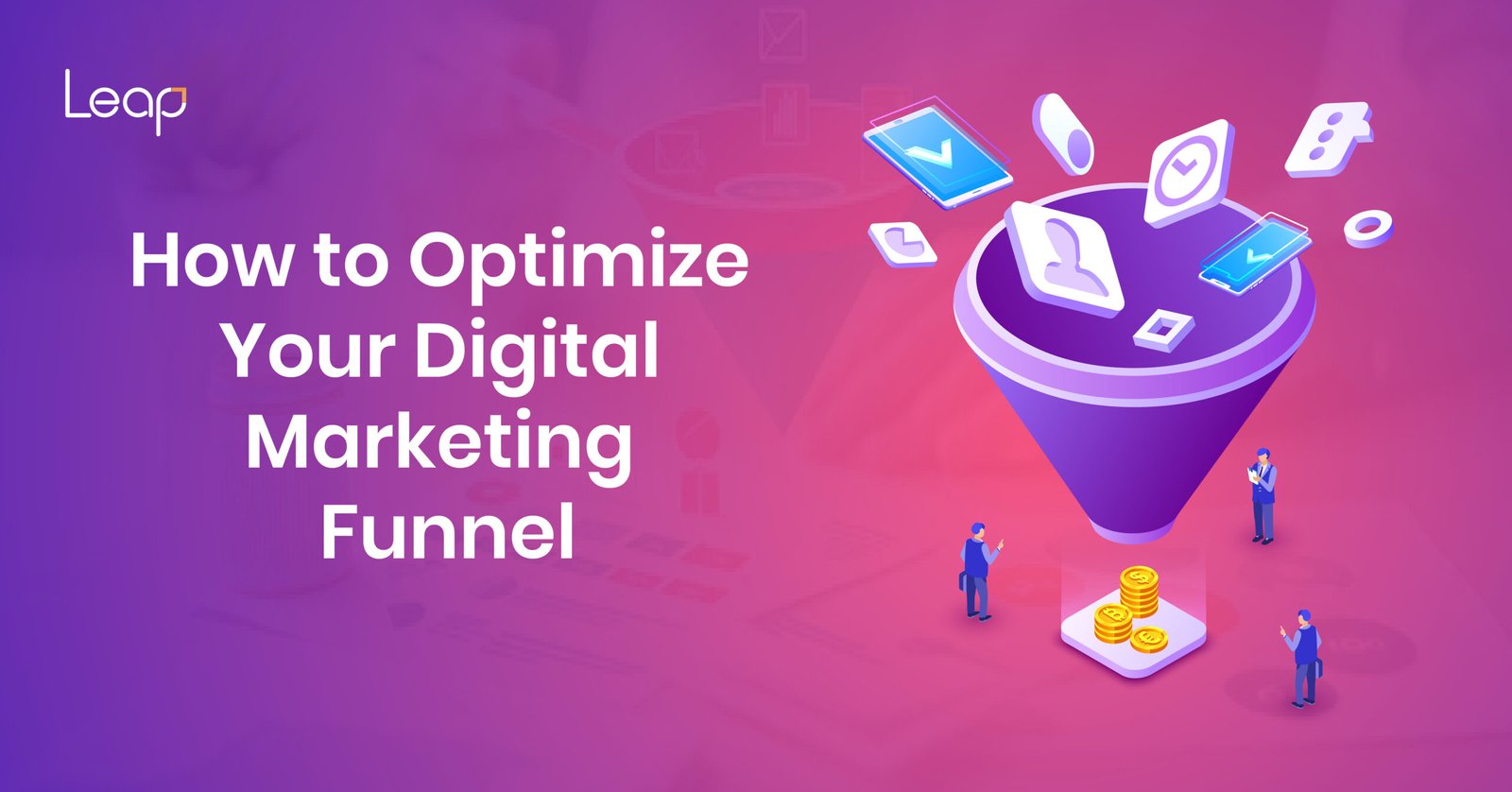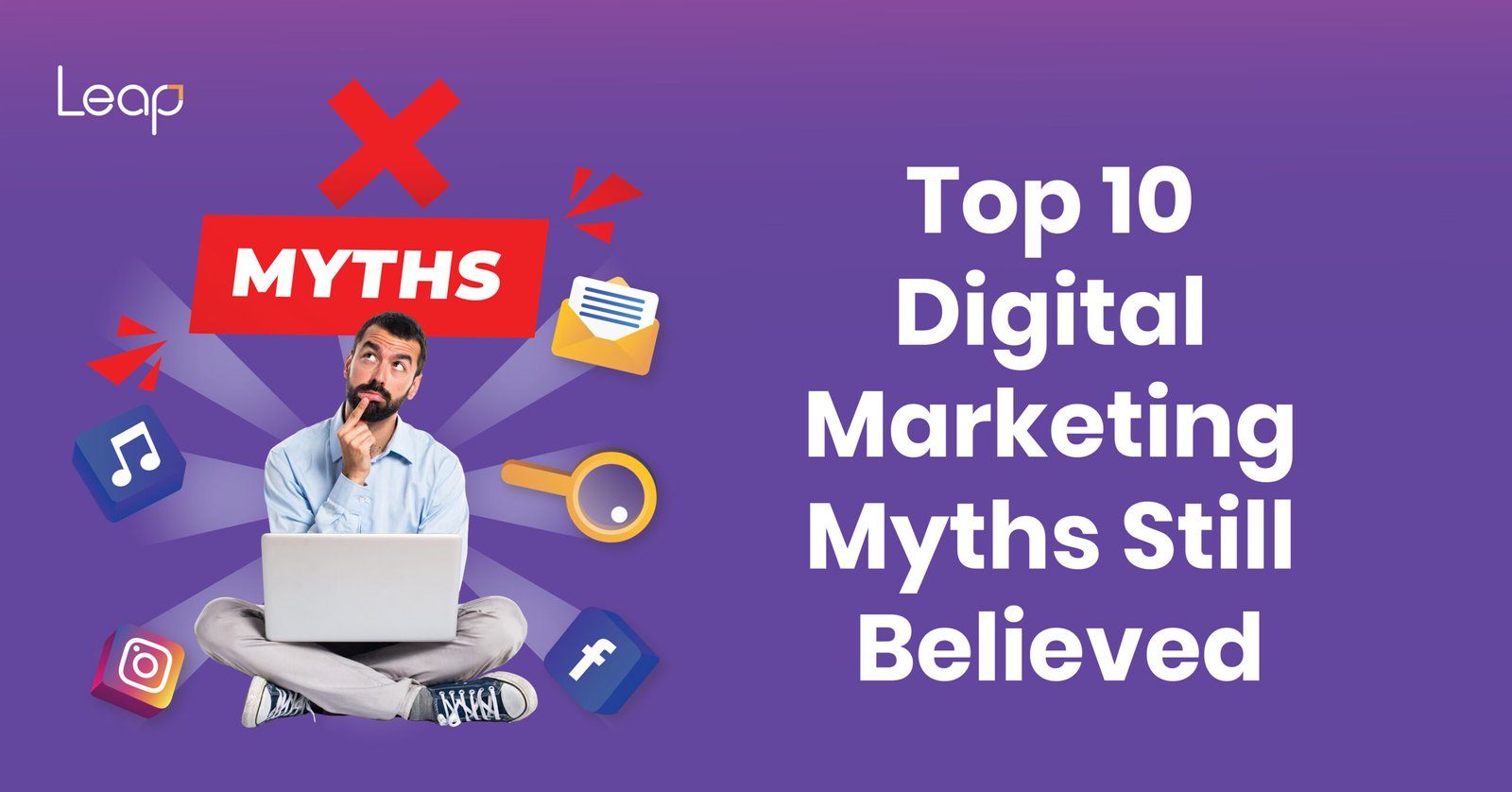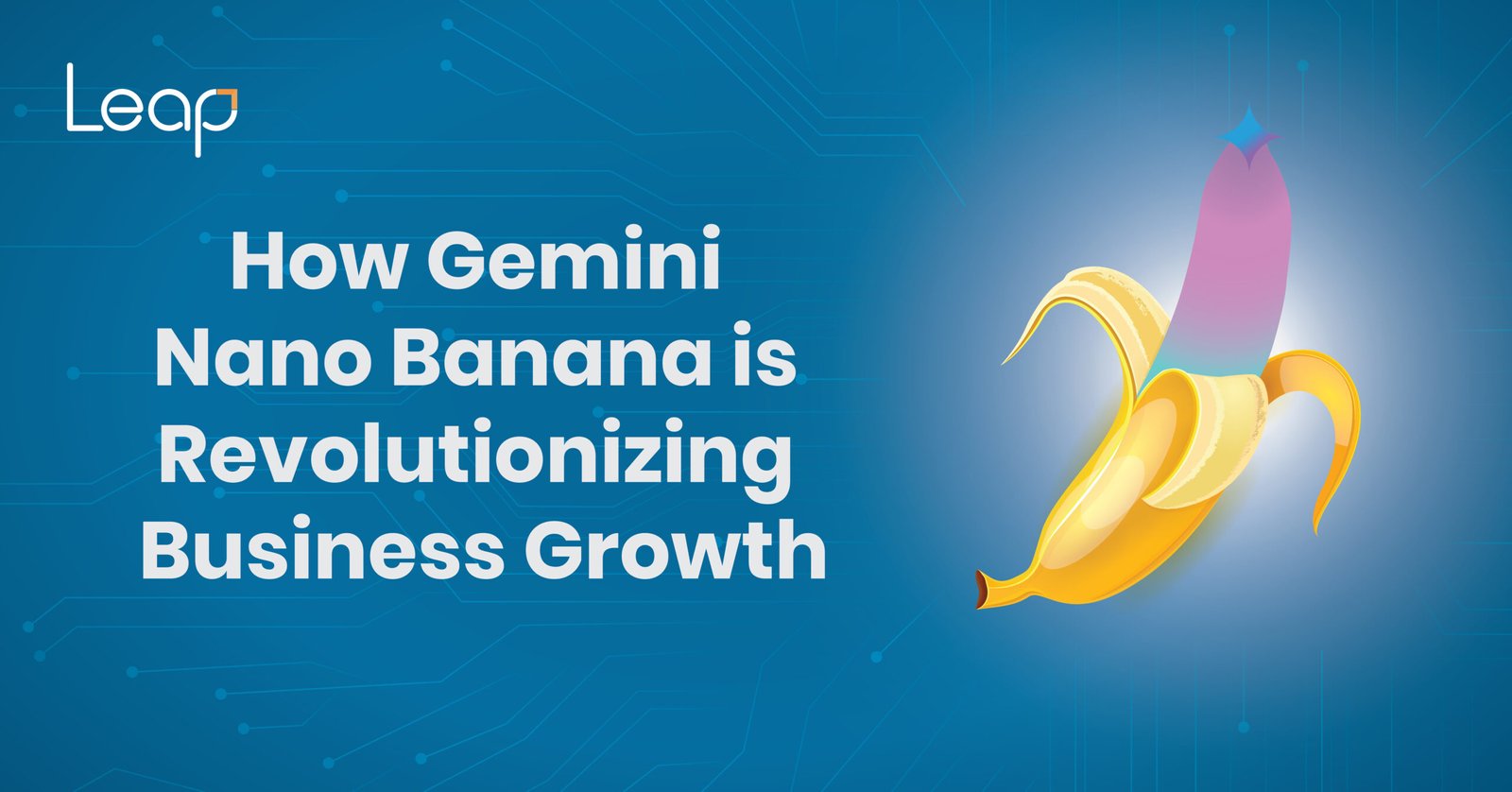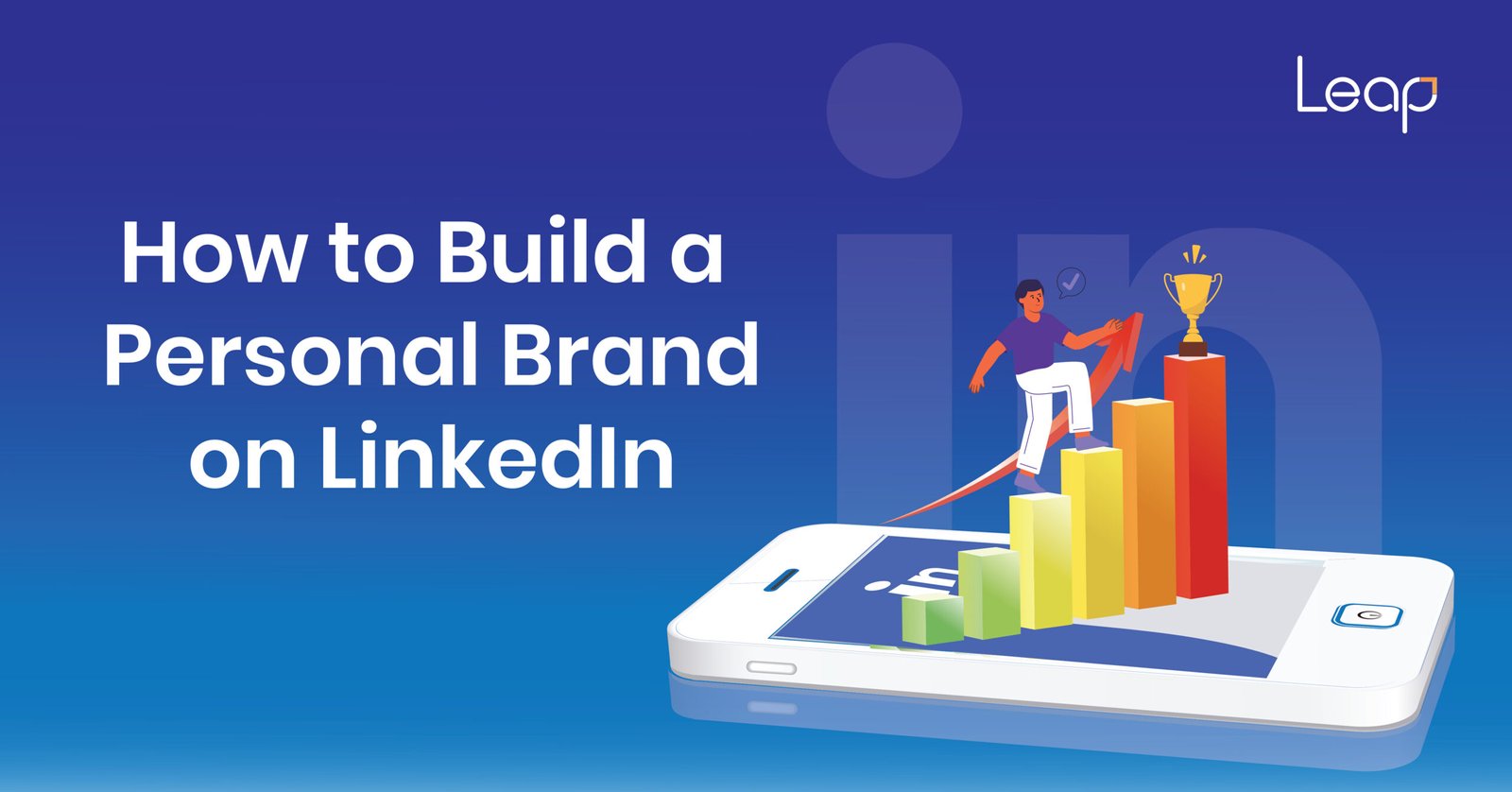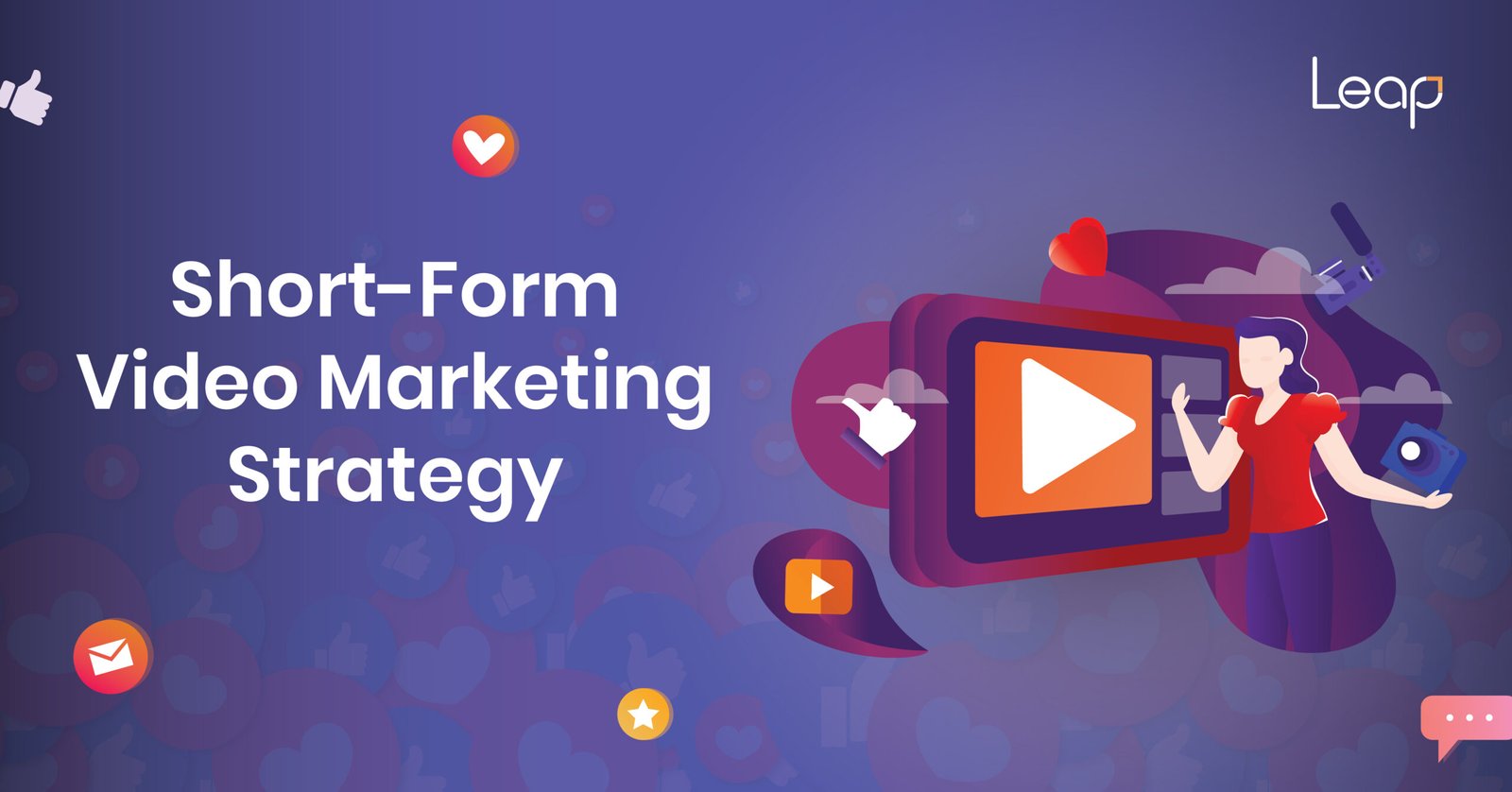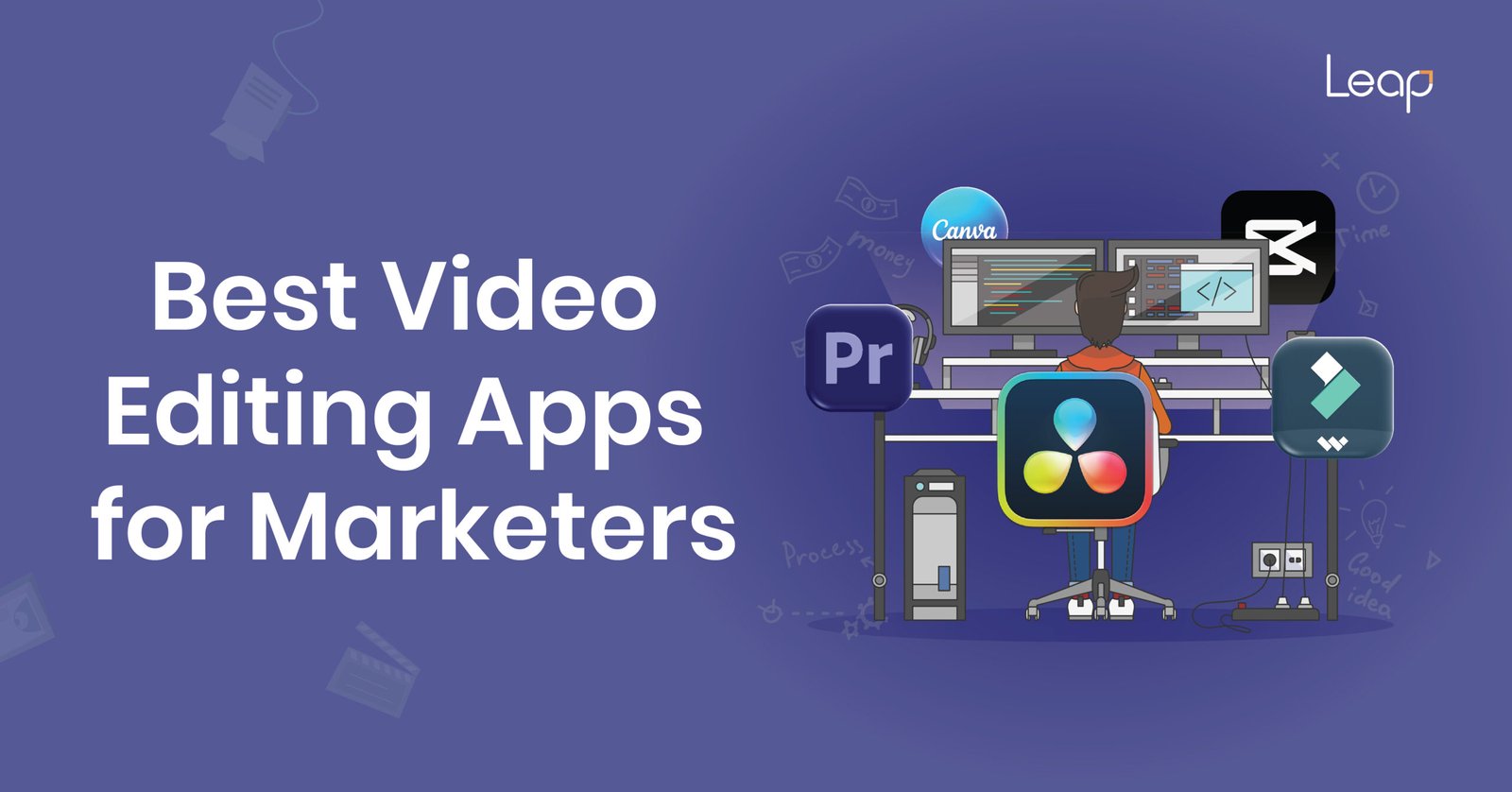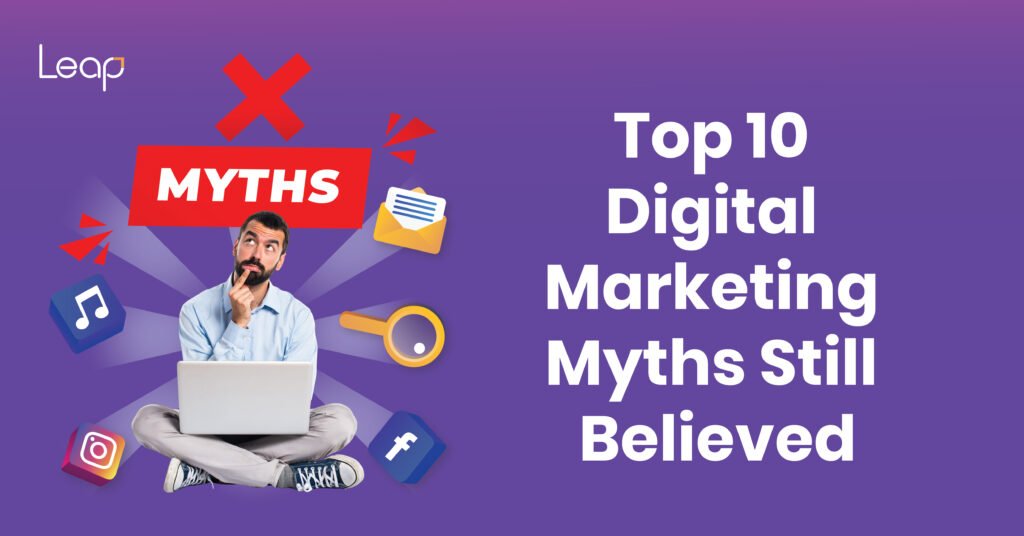
Digital marketing has become indispensable for businesses large and small. But alongside its rapid growth, a host of myths has taken root—beliefs that are outdated, misleading, or simply false. These misconceptions can hobble strategy, waste budget, and stall growth. In this article, we’ll debunk the Top 10 Digital Marketing Myths that digital marketing professionals and businesses still believe, with evidence, real-world examples, and guidance on how to move forward.
Introduction
In an age where every brand invests in content marketing, SEO, social media marketing, email campaigns, and more, knowing what really works is critical. Misconceptions about digital marketing are not just harmless—they can severely hinder business growth by misallocating resources, producing low ROI, or causing outright failures. As a leading digital marketing agency, LeapMarcom deeply understands the gap between what people assume and what data supports. This article aims to clear up misconceptions, so you can make smarter strategic decisions for your digital marketing efforts.
Myth 1: “More Traffic = More Success”
Definition of the Myth
Many believe that the primary goal of digital marketing is to drive huge volumes of site traffic. If only more people visit your site, you’re winning.
Why It’s False — Evidence & Statistics
- Bounce rates: high traffic with high bounce often means irrelevant visitors. According to a study by Contentsquare, average bounce rates vary between 35–60% depending on industry. High traffic that doesn’t engage is wasted.
- Conversion rate matters more: As per WordStream, the average landing page conversion rate across industries is 2.35%. Enhancing conversion (even with lower traffic) can yield better ROI
Real‑Life Example / Case Study
- Case Study: A SaaS company once invested heavily in SEO to push for high ranking on generic keywords (“business software,” etc.). They got a 200% increase in organic traffic but saw no proportional increase in sales. After refining their content toward long‑tail, intent‑driven keywords (like “best project management tool for marketing teams”), conversion increased by 150% even though traffic reduced by 40%.
Implications for Businesses
Believing that more traffic = success leads to:
- Spending too much on broad SEO and PPC targeting.
Ignoring user intent, UX, conversion pathways, and retention.
Poor allocation of budget; low ROI.
What to Do Instead
- Focus on qualified traffic — users likely to convert.
- Measure metrics like conversion rate, bounce rate, time on page, dwell time.
- Use A/B testing and user‑behavior tools to optimize pages.
Myth 2: “SEO Is Dead”
Definition of the Myth
A rumor often repeated: “SEO is dead,” meaning either it no longer works, or it is not as important as before.
Why It’s False — Evidence & Statistics
- According to BrightEdge, organic search still drives over 53% of website traffic.
- SEMrush reports that websites ranking on page one for specific keywords still get 90%+ of clicks for those keywords.
- Google continues to update its algorithm, rewarding quality, speed, mobile‑friendliness, and user experience.
Real‑Life Example / Case Study
- Example: A retail brand dropped SEO efforts in favor of paid social ads. Short‑term traffic spiked, but long‑term organic presence eroded; their cost per acquisition (CPA) via paid channels skyrocketed. When they reintroduced a content strategy, optimized technical SEO, and local SEO, organic leads grew by 80% in 6 months, bringing CPA down.
Implications for Businesses
f you believe SEO is dead:
- You may ignore optimizing site speed, mobile friendliness, structured data, meta tags, content relevance.
- Over rely on paid ads, which are costly and less sustainable.
- Miss out on long‑term, compounding benefits of well‑ranked content.
Myth 3: “Social Media Reach Means Engagement”
Definition of the Myth
That a large follower count or high reach on social media automatically equates to strong engagement, brand loyalty, or conversions.
Why It’s False — Evidence & Statistics
- According to Hootsuite, organic reach has been declining; having followers doesn’t guarantee that many see your posts.
- Many users follow brands but rarely interact. A 2022 Sprout Social study found that only ~27% of social media users regularly interact with brand content (liking/sharing/commenting).
Real‑Life Example / Case Study
- Case: A B2C company spent heavily growing its Facebook page, got to 100k+ followers. But engagement per post was tiny (hundreds), and referral traffic from social was minimal. They shifted focus to quality content, community building, and micro‑influencers. Engagement rose by over 200%, and referral traffic contributed significantly to sales.
Implications for Businesses
- Wasting resources chasing vanity metrics (followers, likes).
- Underestimating content quality, authenticity, relevance.
- Low ROI on social media spend if audience isn’t meaningfully engaged.
Myth 4: “Paid Advertising Guarantees Instant ROI”
Definition of the Myth
The belief that setting up a PPC or paid social campaign delivers instant high returns (profit) as long as you spend money.
Why It’s False — Evidence & Statistics
- It takes time to optimize targeting, creatives, landing pages. Until then, ROI might be negative.
- A report from WordStream shows that average click‑through rate (CTR) and cost per click (CPC) vary widely; mis‑targeting or poor ad copy drastically reduces efficiency.
- Ad fatigue and campaign decay are real; without ongoing optimization, ROI drops.
Real‑Life Example / Case Study
- A startup launched Google Ads and Facebook Ads immediately after product launch. Initial traffic was good, but conversion low. After two months of split-testing, refining ad copy, tweaking landing pages, and audience segmentation, CPA reduced by 60%. Before optimization, ROI was negative.
Implications for Businesses
- Overspending on ads without measuring or optimizing.
- Misleading expectations: expecting overnight sales, then being disappointed.
- Potentially abandoning paid advertising entirely because early efforts looked bad.
Myth 5: “Content Marketing Doesn’t Bring Results Fast Enough”
Definition of the Myth
The idea that content marketing is too slow or ineffective, especially compared to paid channels, so it’s not worth investing in.
Why It’s False — Evidence & Statistics
- While it’s true content tends to have a slower ramp, data from HubSpot shows that companies who blog 16+ times per month get 3.5× more traffic vs those who blog fewer than 4 times.
- Content has compounding returns: older posts continue to drive traffic and leads long after publication.
Real‑Life Example / Case Study
- A finance firm started creating a blog focused on answering questions (FAQ‑style) in its industry. Within 3 months, some posts started ranking and sending leads. By 12 months, about 40% of their monthly leads came from content pieces published in prior months—non‑paid, organic reach.
Implications for Businesses
- Foregoing content means losing long‑term, low‑cost channels of leads and awareness.
- Overinvestment only in short‑term ad channels (PPC, social ads) increases cost of customer acquisition.
- Poor content strategy (infrequent, low quality) leads to wasted effort.
Myth 6: “You Must Be on Every Social Media Platform”
Definition of the Myth
Belief that your brand has to be active on all platforms (Facebook, TikTok, Instagram, X/Twitter, LinkedIn, Pinterest, etc.) or you’ll miss out.
Why It’s False — Evidence & Statistics
- Not every platform fits every audience; misalignment wastes resources.
- According to Sprout Social, brands that focus efforts on the platforms where their audience spends time (often 2‑3 platforms) tend to generate significantly better ROI than those spreading thin.
- Managing multiple platforms increases content overhead and risk of inconsistent voice.
Real‑Life Example / Case Study
- A small fashion brand tried to maintain presence on six platforms. They saw little engagement on two or three. By cutting down to Instagram, TikTok, and Pinterest (where their customers were), they were able to focus on better content, consistency, user engagement, influencer collaborations. Engagement increased by 150%, and time spent per post dropped (improving quality).
Implications for Businesses
- Reduced content quality, brand voice dilution.
- Wasted human resources and budget for platforms with little return.
- Risk of neglecting platforms that actually matter for your customers.
Myth 7: “Email Marketing Is Obsolete / Spammy”
Definition of the Myth
Belief that email marketing is outdated, ineffective, or so saturated that it can’t produce results anymore.
Why It’s False — Evidence & Statistics
- According to DMA, email marketing ROI is still among the highest of digital channels—averaging ~$42 for every $1 spent.
- Marketers who personalize email content see 26% higher open rates and 760% higher revenue from segmented campaigns. Campaign Monitor’s statistics.
Real‑Life Example / Case Study
- A B2B services firm paused its email newsletter in favor of social media posts. Engagement, leads, and client reconversions dropped. When they relaunched a targeted, segmented email campaign, revenue from email‑driven leads rose by over 120% within half a year.
Implications for Businesses
- Losing a reliable channel for retention and repeat business.
- Neglecting customer lifecycle communication.
- Missing out on high ROI vs other relatively more expensive channels.
Myth 8: “More Content Is Always Better”
Definition of the Myth
The assumption that producing more blog posts, social media updates, and content pieces will always lead to better outcomes.
Why It’s False — Evidence & Statistics
- Quality over quantity: Search engines favor depth, relevance, authority. Thin, superficial content can hurt rankings.
- HubSpot’s research: companies that publish fewer than 4 posts/month but ensure high quality tend to perform better in conversion than companies publishing high volume low‑quality content.
Real‑Life Example / Case Study
- A tech blog posted 20 short posts a month with little originality. Traffic stagnated; ranking dropped due to thin content. They pivoted: fewer posts, well‑researched long‑form content with original data, more visuals. Within three months, time on page increased, bounce decreased, organic rankings improved.
Implications for Businesses
- Wasting writers’ time and budget.
- Escalating editing / revision cost.
- Risk of diminishing returns; potential SEO penalties for low‑value content.
Myth 9: “Only Big Budgets Win in Digital Marketing”
Definition of the Myth
That unless you have a large marketing budget, you cannot compete in SEO, PPC, social media, or content marketing.
Why It’s False — Evidence & Statistics
- Many small and lean companies have achieved success via niche targeting, smart content, long‑tail SEO, and highly optimized paid campaigns.
- According to Google, 50%+ of searches are voice or long‑tail queries; these are cheaper to target and less competitive.
Real‑Life Example / Case Study
- A local bakery used local SEO, Google My Business optimization, intimate social media campaigns, and content around “bakery recipes” and “cake design tips.” With a modest budget, they outranked regional competitors in maps and local search, and online orders rose significantly.
Implications for Businesses
- Small companies may assume defeat prematurely.
- Might underinvest in strategic but low‑cost high‑return activities.
- Overdependence on paid advertising, even when more efficient organic tactics exist.
Myth 10: “Once Your Digital Strategy Is Set, It’s Done”
Definition of the Myth
Belief that you can build a digital marketing strategy, implement it, then largely leave it static, expecting it to continue delivering indefinitely.
Why It’s False — Evidence & Statistics
- Digital marketing environments evolve rapidly: search algorithms change, social platforms shift their rules, audience behaviours change.
- For example, Google’s Core Updates (multiple times per year), changing privacy rules (e.g. cookie policies), and platform algorithm changes (Facebook, Instagram, TikTok) can all disrupt previous strategy.
Real‑Life Example / Case Study
- A media company built a content calendar and SEO plan in 2019, then largely kept it static. After Google’s updates, mobile algorithm changes, and new competitors, their organic traffic dropped by ~35% in one major update. They then had to revamp site structure, content strategy, and UX, costing more than had they invested in ongoing monitoring and adaptation.
Implications for Businesses
- Risk of obsolescence, sudden drops in traffic or conversions.
- Lost opportunity if competitors are adapting.
- Budget blowouts when emergency fixes are needed
Conclusion
Digital marketing is powerful—but only if guided by accurate beliefs, not myths. In this article, we have debunked ten of the most commonly held myths that can hamper business growth: from assuming that more traffic always means success, to thinking paid ads guarantee instant ROI, or that strategy can be static. Believing these myths can misdirect effort, inflate costs, reduce ROI, and leave businesses behind.
It’s time to challenge your assumptions, re‑audit your strategy, and lean into what works: qualified traffic, high‑quality content, continuous optimization, and understanding your audience. For further insights, case studies, and proven tactics, explore more work and thought leadership on www.leapmarcom.com. Your next major breakthrough in digital marketing might just be challenging a myth you’ve been holding onto.


